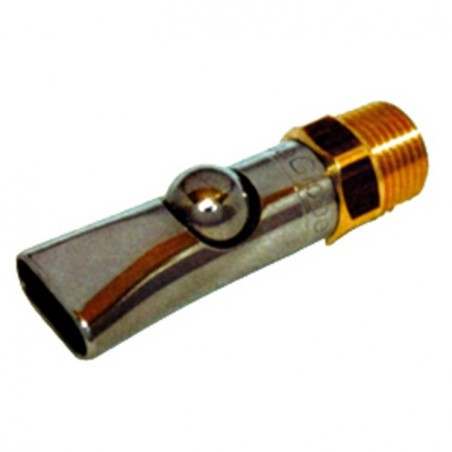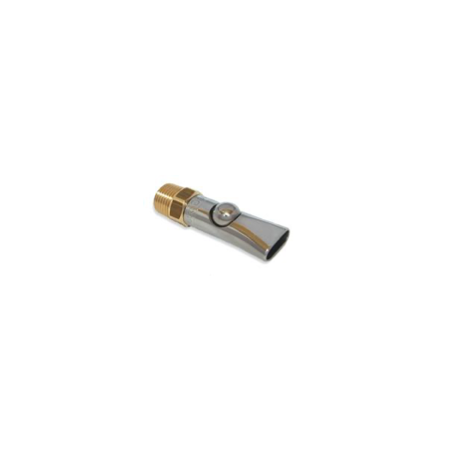Pigs have a limited ability to use phytic phosphorous due to the low endogenous phytase activity. Therefore to achieve the recommended level of P inorganic P sources are commonly used. However, the high amount of phytic P excretion contributes to the environmental pollution. Microbial phytase supplementation in growing diets has been reported to improve P availability. Moreover phytic acid may create insoluble salts with several divalent cations such as Ca, Zn, Mg and Cu, decreasing the availability of these minerals and increasing nutrient excretion in pig manure. Two different experiments were conducted to evaluate the effect of microbial phytase addition to a low total phosphorus (tP) diet. Three experimental diets were used; the control diet (C) with 5.8 g tP/kg without phytase, and two low tP diets (4.5 g tP/ kg) without phytase (LP−), or with 500 FTU/kg of microbial phytase (LP+).
Experiment 1, was conducted to investigate the apparent faecal digestibility of nutrients and the N, P, Ca, Mg, Cu and Zn balance. In this study, 9 barrows (progeny of Large White x Landrace) with 47.8 ± 2.4 kg of body weight were individually housed in metabolism cages and each diet was rotated three times according to 3x3 Latin square designs. Phytase supplementation resulted in higher P, Ca, Mg and Cu digestibilities and P and Cu retention, which could result in a decrease in the excretion to the environment of 39% and 33% for P and Cu, respectively.

Experiment 2, was conducted to determine the effect of supplementing phytase in a low phosphorus diet on growth performance and tissue mineral concentration in growing pigs. In this study, a total of 153 boars (Large White x Landrace) with 31.5 ± 0.67kg of body weight were used. Phytase supplementation reversed the lower average daily feed intake and final body weight produced by the decrease of tP in growing pig diets. Neither alkaline phosphatase activity nor plasma Ca concentration was affected (P > 0.05) by dietary treatment, but plasma inorganic phosphorus was higher in pigs fed the LP+ diet than in those fed the LP− diet. In addition, bone ash weight, peak breaking strength and the concentration of most of the minerals analyses on metacarpal bone were not affected by phytase supplementation, except for an increase in Mg concentration. Only effects of phytase addition were observed on increased Zn concentration in the pancreas of pigs fed LP+.
In conclusion, under this study conditions, phytase supplementation improved the growth performance and digestibility of most minerals studied. P and Cu were the minerals mainly affected by the addition of phytase, increasing their retention, which represented a decrease in the excretion in to the environment from pig manure by 39% and 33% for P and Cu, respectively.
J. Madrid, S.Martínez, C.López, F.Hernández (2013). Effect of phytase on nutrient digestibility, mineral utilization and performance in growing pigs. Livestock Science 154; 144–151.
http://dx.doi.org/10.1016/j.livsci.2013.03.003





